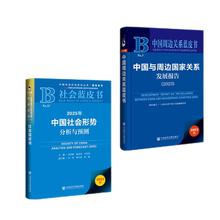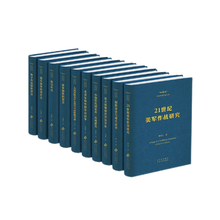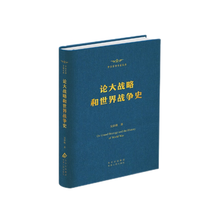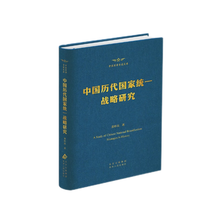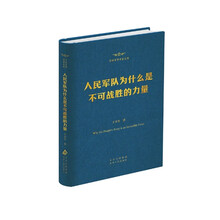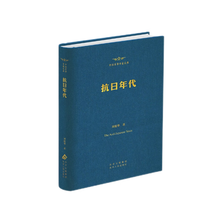序(辜正坤)<br>Foreword<br>Chapter One Introduction<br>Ⅰ.Definitions ofrhetoric<br>A.Denotation Ofrhetoric<br>B.Counotation ofrhetoric<br>C.Six basic features of good expressions<br>Ⅱ.Functions ofrhetoric<br>A.Being more appropriate<br>B.Being more attractive<br>C.Being more forcible<br>D.Being more humorous’<br>Ⅲ.Classification ofrhetoric<br>Ⅳ.Rhetoric in the perspective of cross-cultural communication<br>Chapter Two Comparison and Contrast Between English and Chinese Rhetoric<br>Ⅰ.Language and rhetoric<br>Ⅱ.Language.rhetoric and thought<br>Ⅲ.English and Chinese rhetoric<br>A.Passive rhetorical techniques<br>B.Active rhetorical techniques<br>Chapter Three 1nle Faculty of Rhetorical Invention<br>Ⅰ.The origin ofrhetorical invention<br>Ⅱ.The essence of rhetorical invention <br>Ⅲ.The cases of rhetorical invention<br>A.Controversial topic <br>B.Non-controversial topic<br>Chapter Four Passive Rhetorical Techniques<br>Section One Contextual Choice of Words and Expressions<br>Ⅰ.Being fit for a certain situation<br>Ⅱ.Being appropriate stylistically<br>A.English examples<br>B.Chinese examples<br>Ⅲ.Being idiomatic<br>A.Using idioms<br>B.Using words in their figurative sense in English vs.words with vague reference or enigmatic folk similes in Chinese<br>Section Two Textual Choice of Words, Expressions and Sentence Structures<br>Part 1 English Prominent Feature: Elegant Variation<br>Ⅰ.The solid basis<br>A.Vocabulary<br>B.Grammar<br>Ⅱ.Various forms of variation<br>A.Forms in diction<br>B.Forms in sentence structures<br>Part 2 Chinese Prominent Features<br>Ⅰ.Sentence structure: elegance of balance<br>Ⅱ.Elegance of artistic conception<br>Section Three Application<br>Part 1 Application of the English Prominent Features<br>Ⅰ.Elegant variation<br>A.Forms in diction<br>B.Forms in sentence structures<br>Ⅱ.English words in their figurative sense<br>Part 2 Application of the Chinese Prominent Features<br>Ⅰ.Chinese balanced structures<br>Ⅱ.Periodic sentences<br>Ⅲ.Chinese words with vague reference<br>Ⅳ.Xiehouyu<br>Part 3 Application of English/Chinese Idiomaticness<br>Chapter Five Active Rhetorical Techniques<br>Section One Devices Whose Rhetorical Effects Can Generally Be Retained<br>A.Apostrophe<br>B.Asyndeton,poly-syndeton<br>C.Climax, anticlimax<br>D.Contrast<br>E.Epanorthosis<br>F.Hyperbole, understatement<br>G.Paradox, oxymoron<br>H.Parallelism<br>I.Personification, Niwu<br>J.Rhetorical question<br>Section Two Devices Whose Rhetorical Effects Can Partly Be Retained<br>Ⅰ.On the psychological basis<br>A.Allusion<br>B.Metonymy, simile, metaphor<br>C.Parody<br>D.Symbol<br>E.Synaesthesia<br>F.Transferred epithet<br>G.Zeugma, syllepsis<br>Ⅱ.On the aesthetical basis<br>H.Anadiplosis<br>I.Antithesis<br>J.Euphemism<br>K.Irony, sarcasm,innuendo<br>L.Malapropism<br>M.Onomatopoeia<br>N.Palindrome, antimetabole<br>O.Pun<br>Ⅲ.On the emphatic basis<br>P.Anastrophe<br>Q.Repetition<br>Section Three Devices Whose Rhetorical Effects Cannot in General Be Retained<br>Ⅰ.Figure of sound<br>A.End rhyme<br>B.Internal rhyme<br>C.Assonance<br>D.Alliteration<br>E.Halfrhyme<br>F.Consonance<br>G.Paregmenon<br>Ⅱ.Other figures of speech<br>A.Caneci<br>B.Chaizi<br>C.Xianggian<br>D.pianci<br>Bilingual Glossary of Terms<br>Bibliography<br>后记
展开


